Uncertain Land: Climate Change and the Internally Displaced People of South Sudan
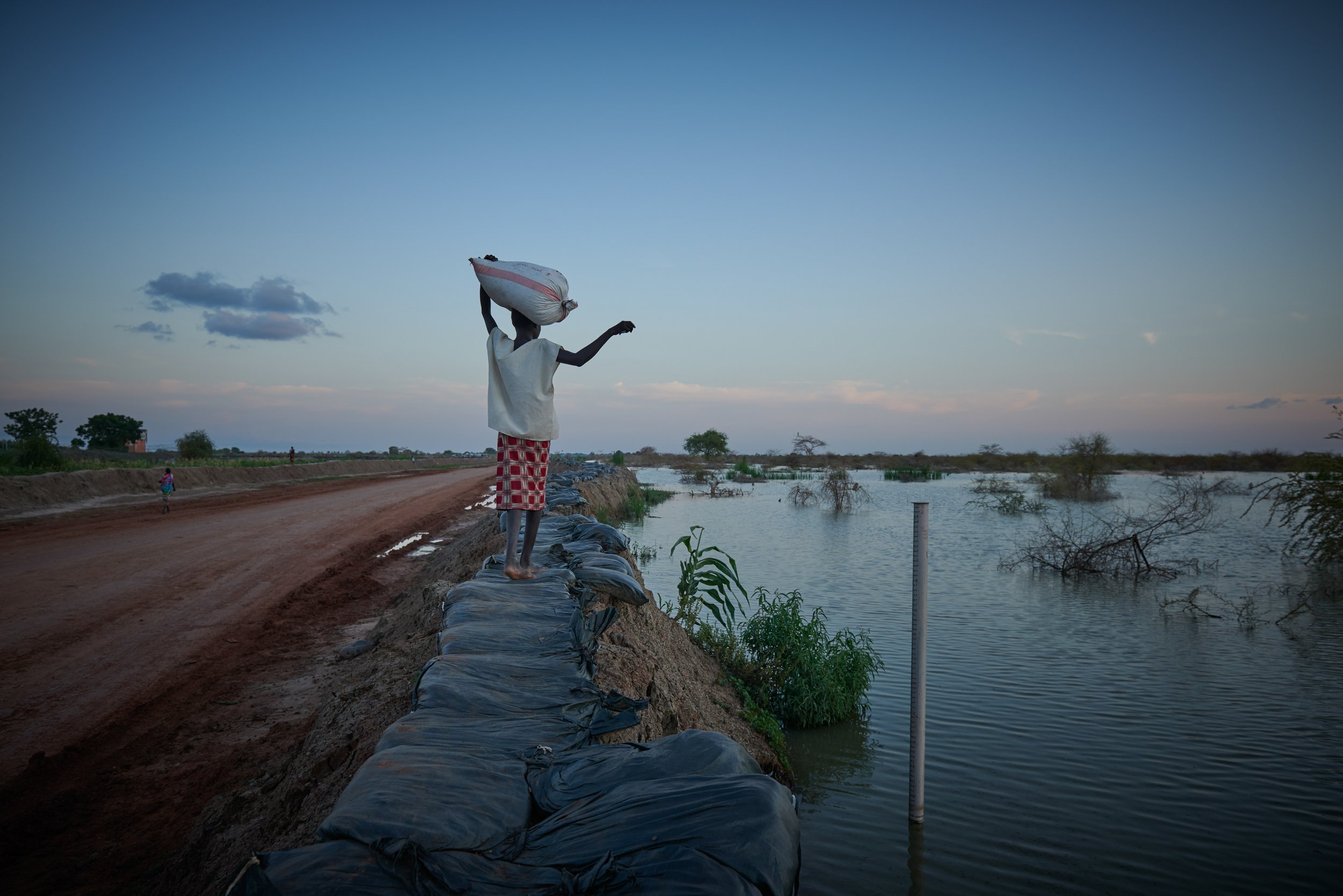

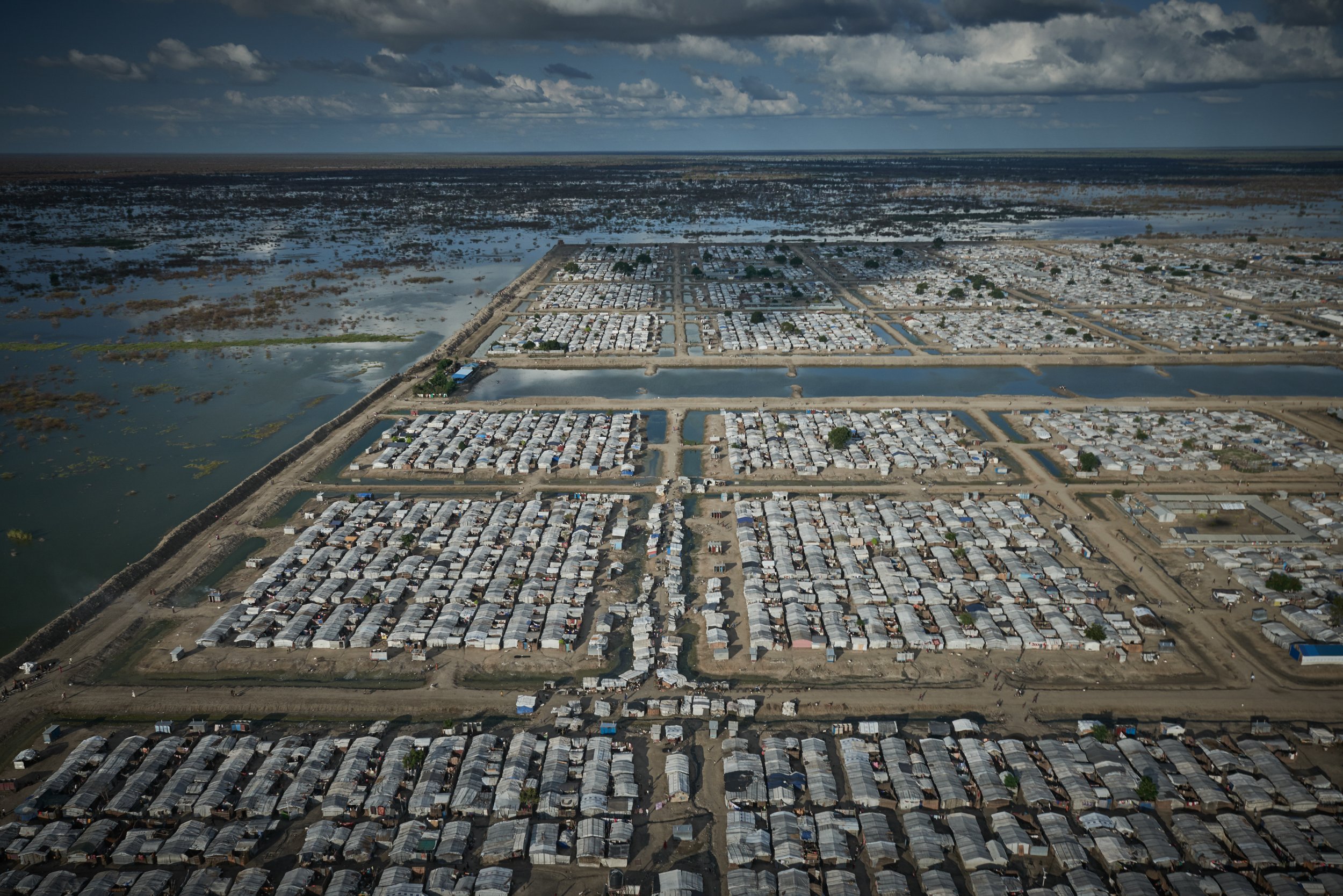

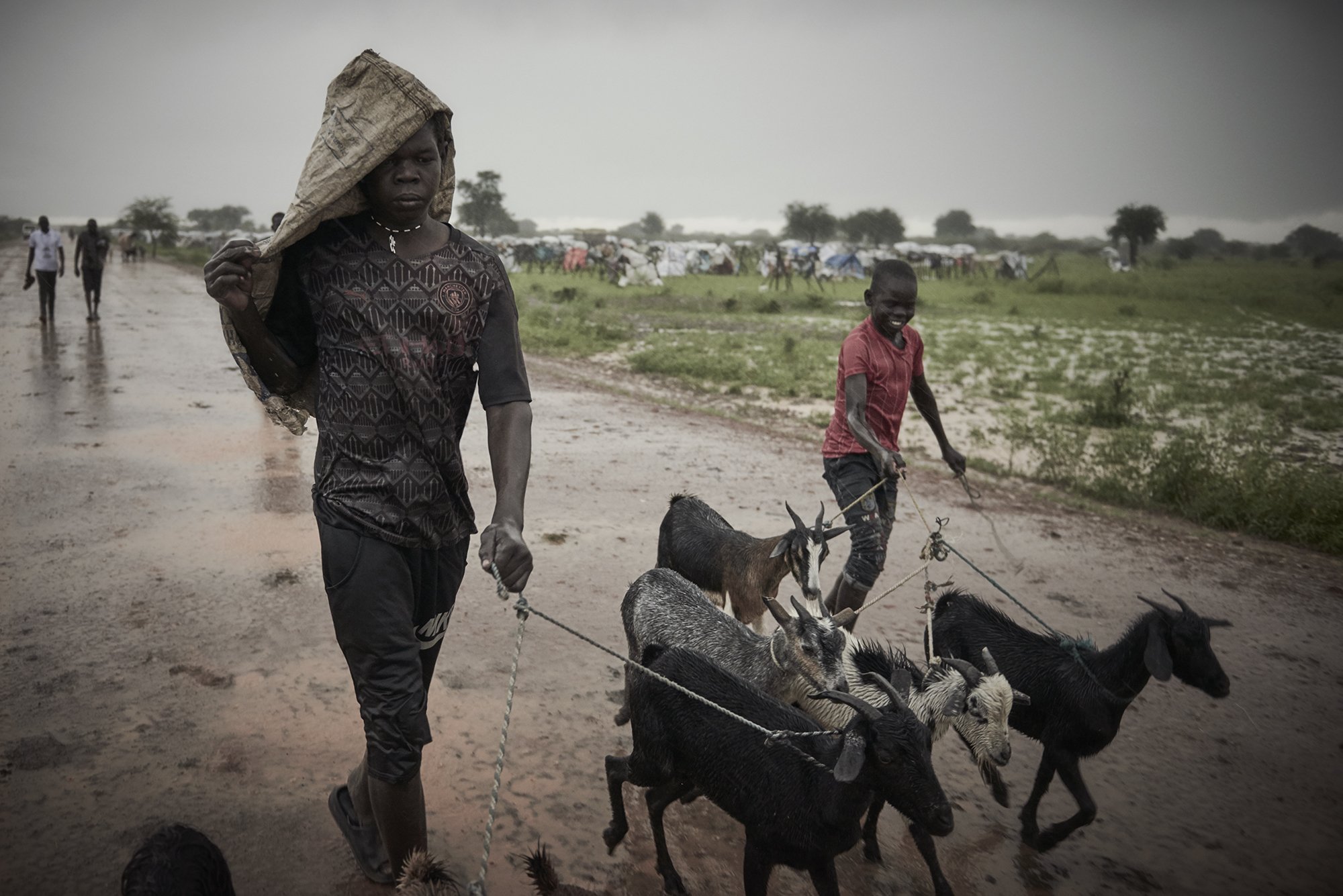

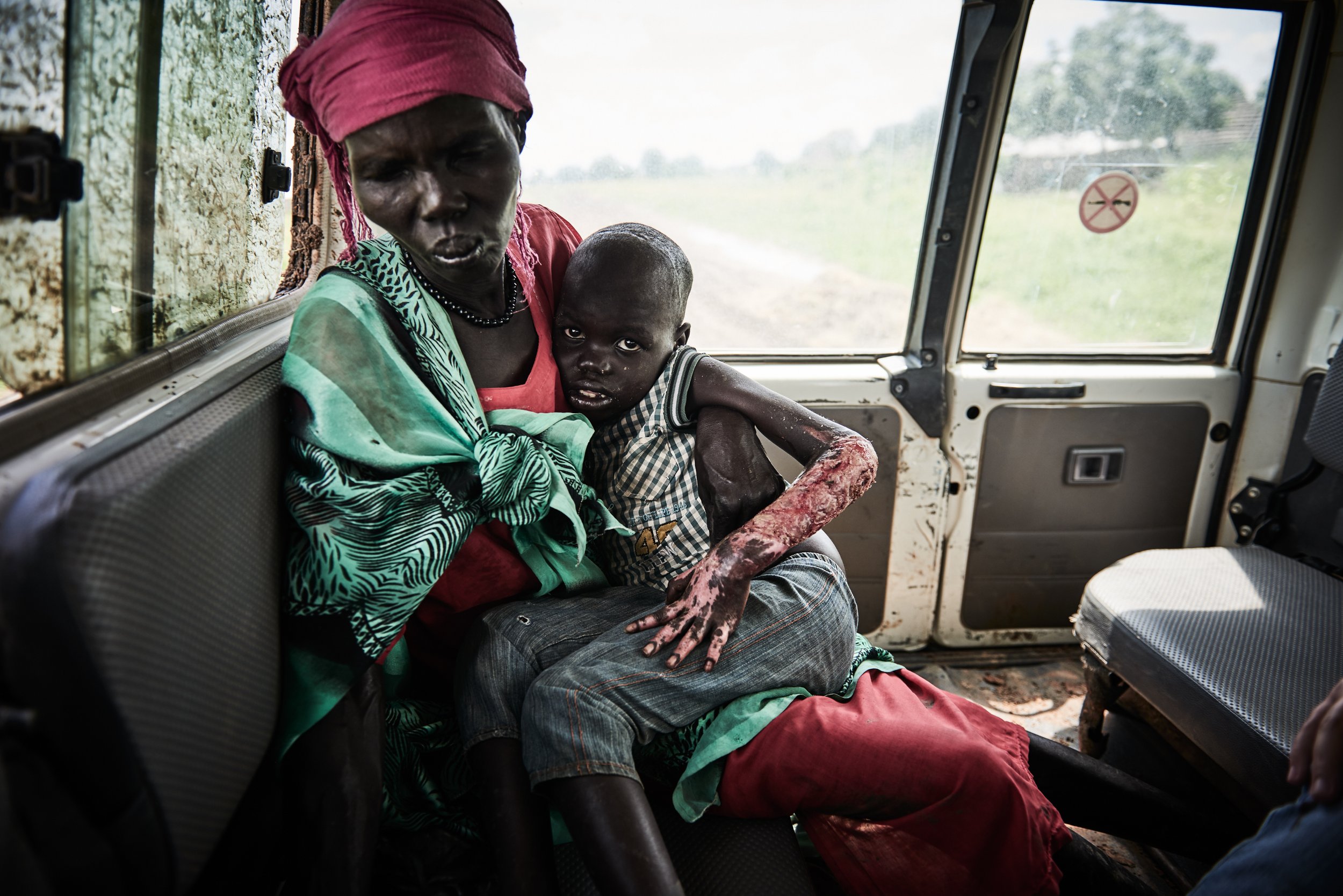

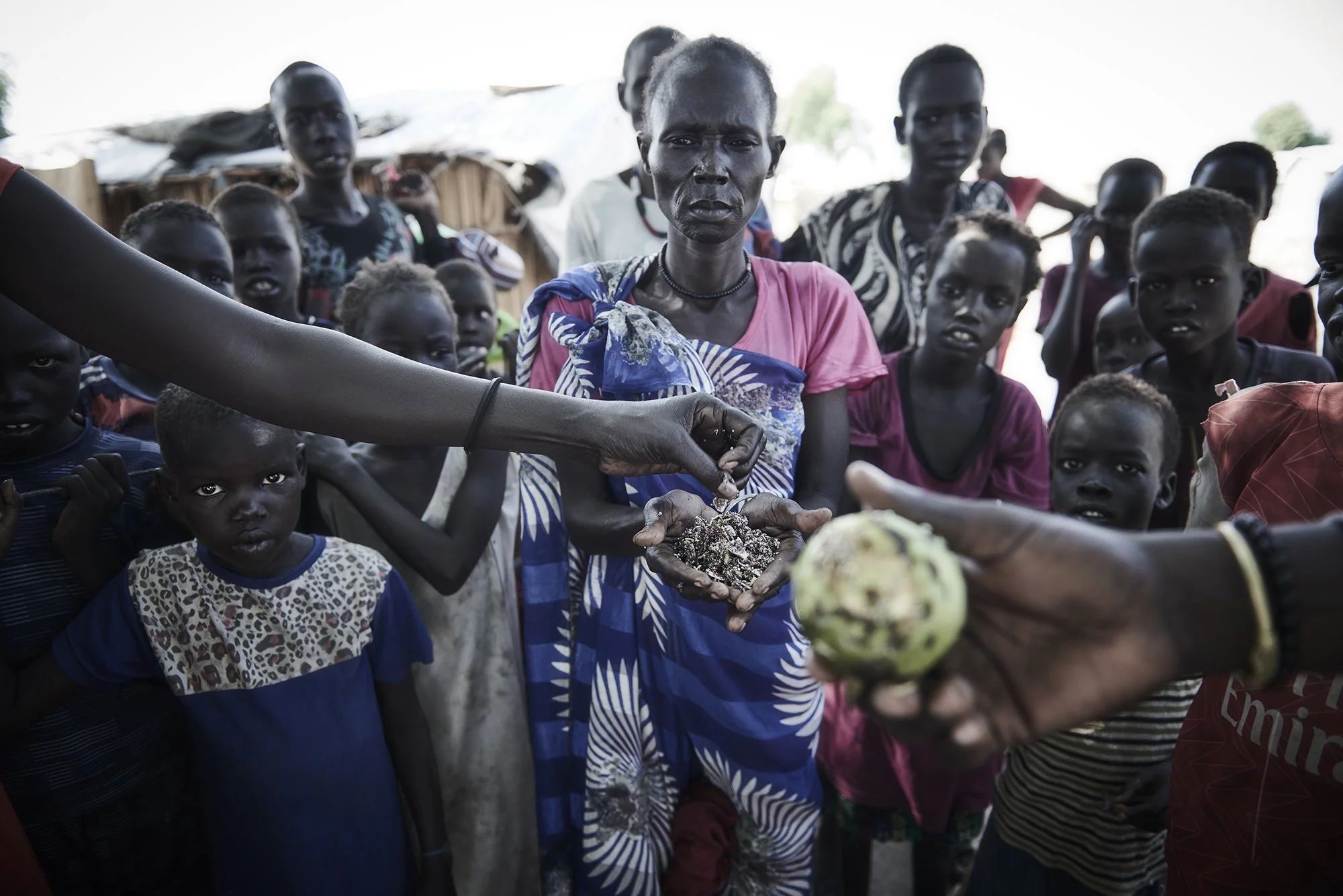
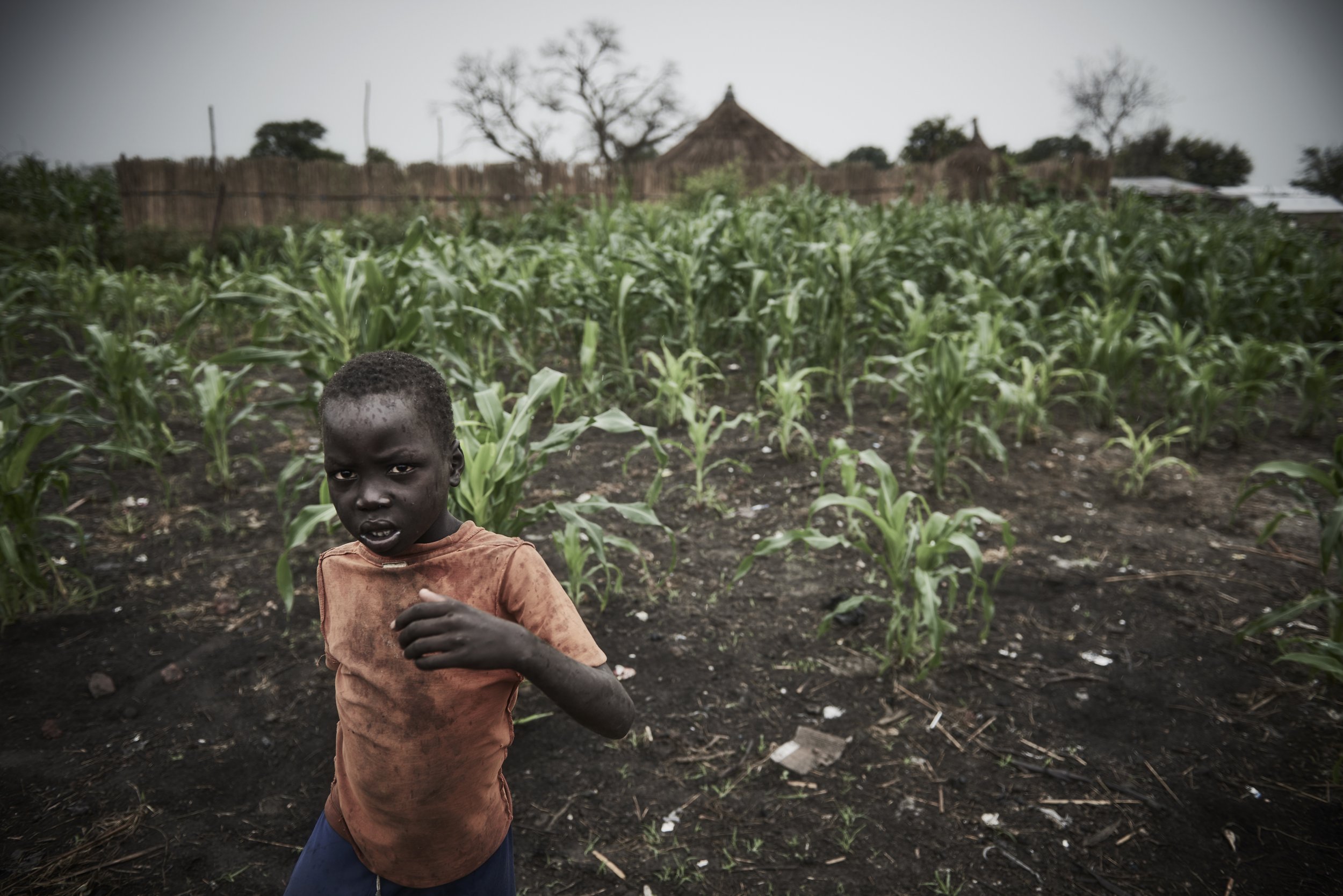


Uncertain Land: Climate Change and the Internally Displaced People of South Sudan
Catastrophic flooding, driven by the earth’s changing climate, ravages South Sudan. The fledgling nation has endured torrential rainfall events for five consecutive years, which has inundated two-thirds of the country.
Since the escalation of conflict in 2013 and 2014, South Sudan has faced a significant rise in the number of Internally Displaced People (IDPs). Over the past six years, this number has continued to grow due to the climate crisis and extreme flooding in areas where people had resettled or were still displaced from the 2014 conflict. Many of these individuals could not return to their original villages for various reasons, including destruction of homes, looted properties, fear of further violence, or illness.
Villages, grazing land and livestock have been destroyed, and inhabitants have fled their homes and livelihoods, intensifying the humanitarian crisis that continues after years of war. UNOCHA estimates that 2 million inhabitants are currently internally displaced due to flooding. The capital of the province of Unity State, Bentiu, is one of the worst affected areas. Home to the severely overcrowded Bentiu IDP camp, the town and surrounding regions have been isolated by floodwaters. The region is now an island.
The mass internal displacement of people has led to increased food insecurity as arable land and grazing space contracts. The physical isolation of inhabited regions means that supplies can’t reach their intended destinations. Limited space and scarcity of resources – particularly in regional areas – lead to conflict, further exacerbating despair. Malnutrition, particularly among young children and pregnant and lactating women, is an increasing concern. UNOCHA estimates that 1.7 million children under the age of 5 and 870,000 pregnant and lactating women are at risk of acute malnourishment.
Vector-borne diseases, such as Malaria, and water-borne illnesses causing acute diarrhea are increasing. Flood waters are driving snakes into congested areas, resulting in more contact with humans and, in turn, incidents of bites.
Displacement has only increased after the war broke out again last year—many Sudanese fled to South Sudan for refuge, aggravating already strained infrastructures.
Globally, funding for humanitarian causes is stretched. Demands for assistance in other countries enduring conflict have seen resources being directed away from South Sudan. UNOCHA reports that only 20% of the required funding for aid in South Sudan for 2024 has been secured. International aid organisations and the United Nations are appealing to the international community for more funds and greater participation in the recovery effort by the South Sudanese government.
The existence and continued threat of violent conflict compound an already fraught situation in which access to flood-affected areas and resourcing constraints present daily challenges. These images depict the situation in South Sudan in August and September 2022.
As seen in the BBC News Online
Christina Simons© 2024
As world events change, the statistics and circumstances written here may no longer reflect the present situation.